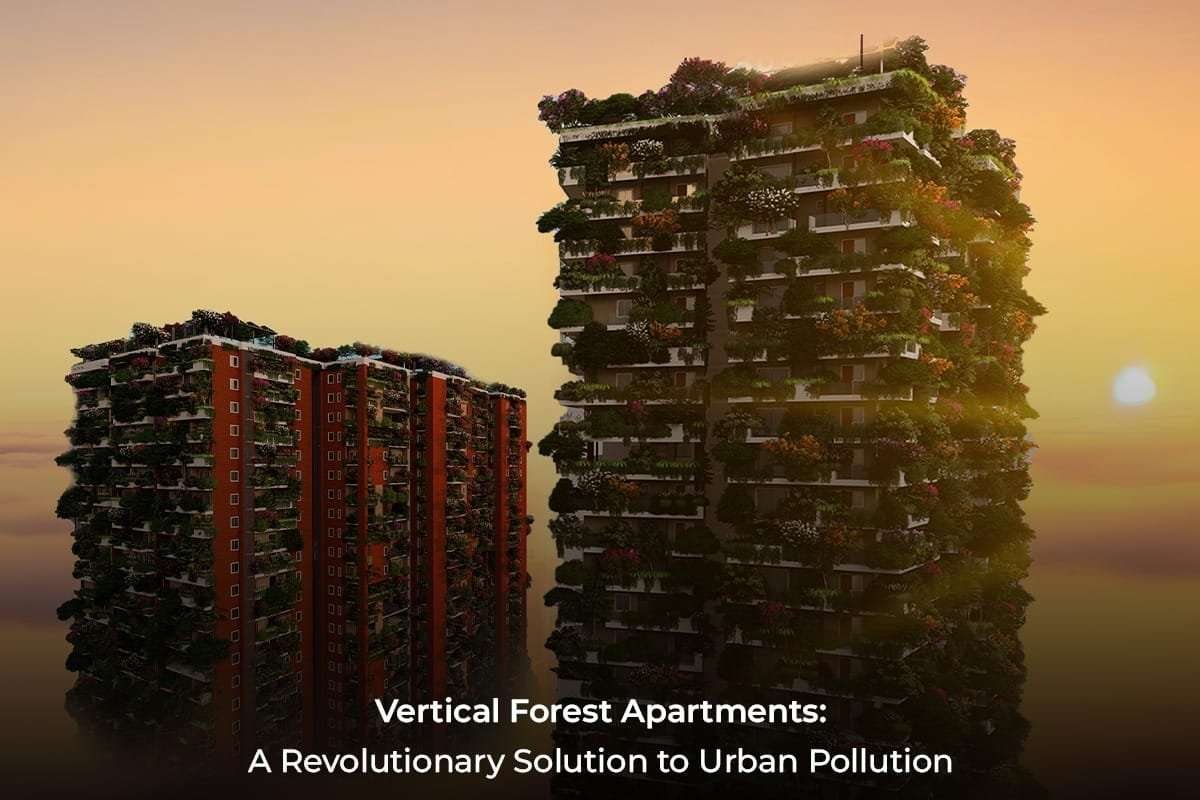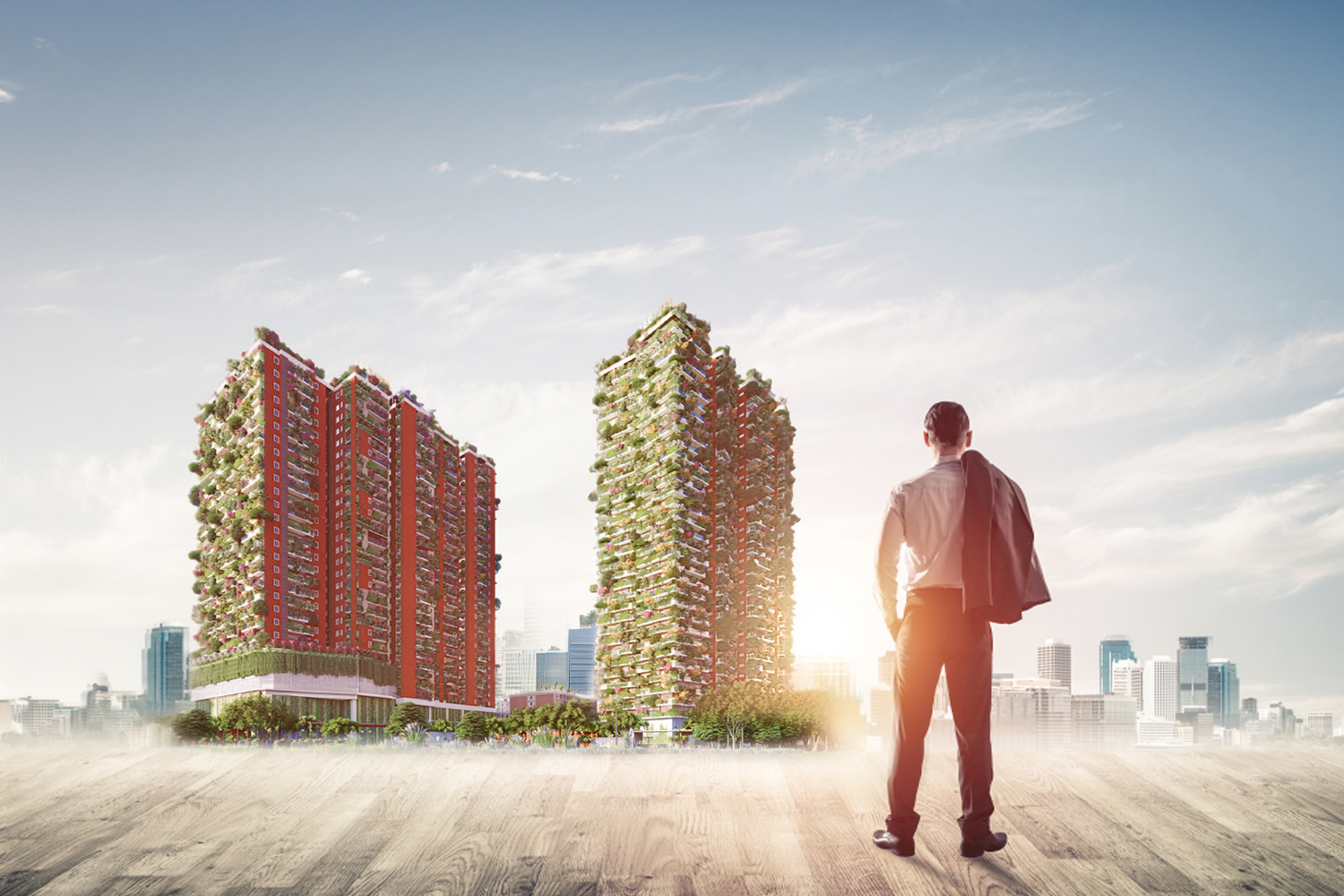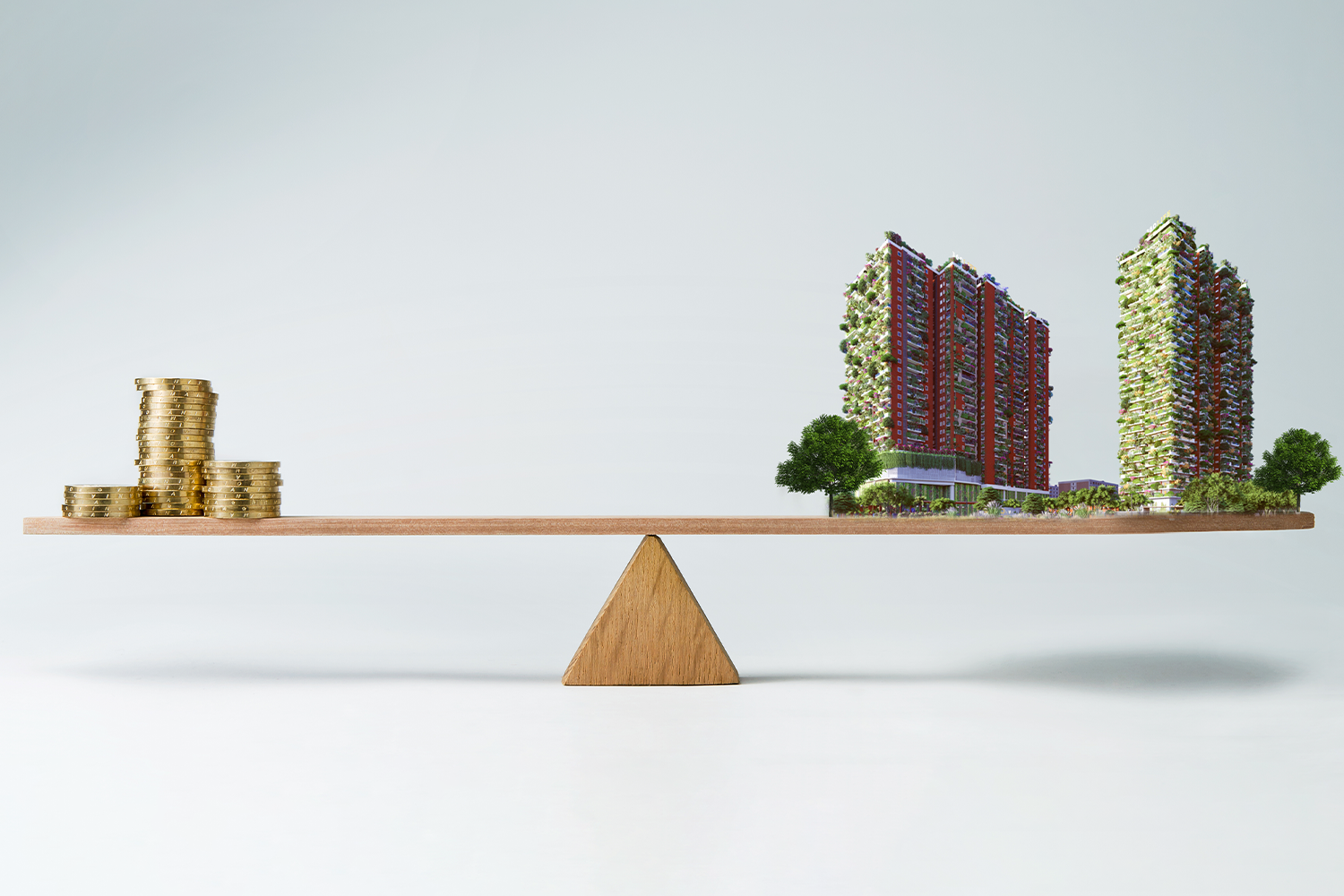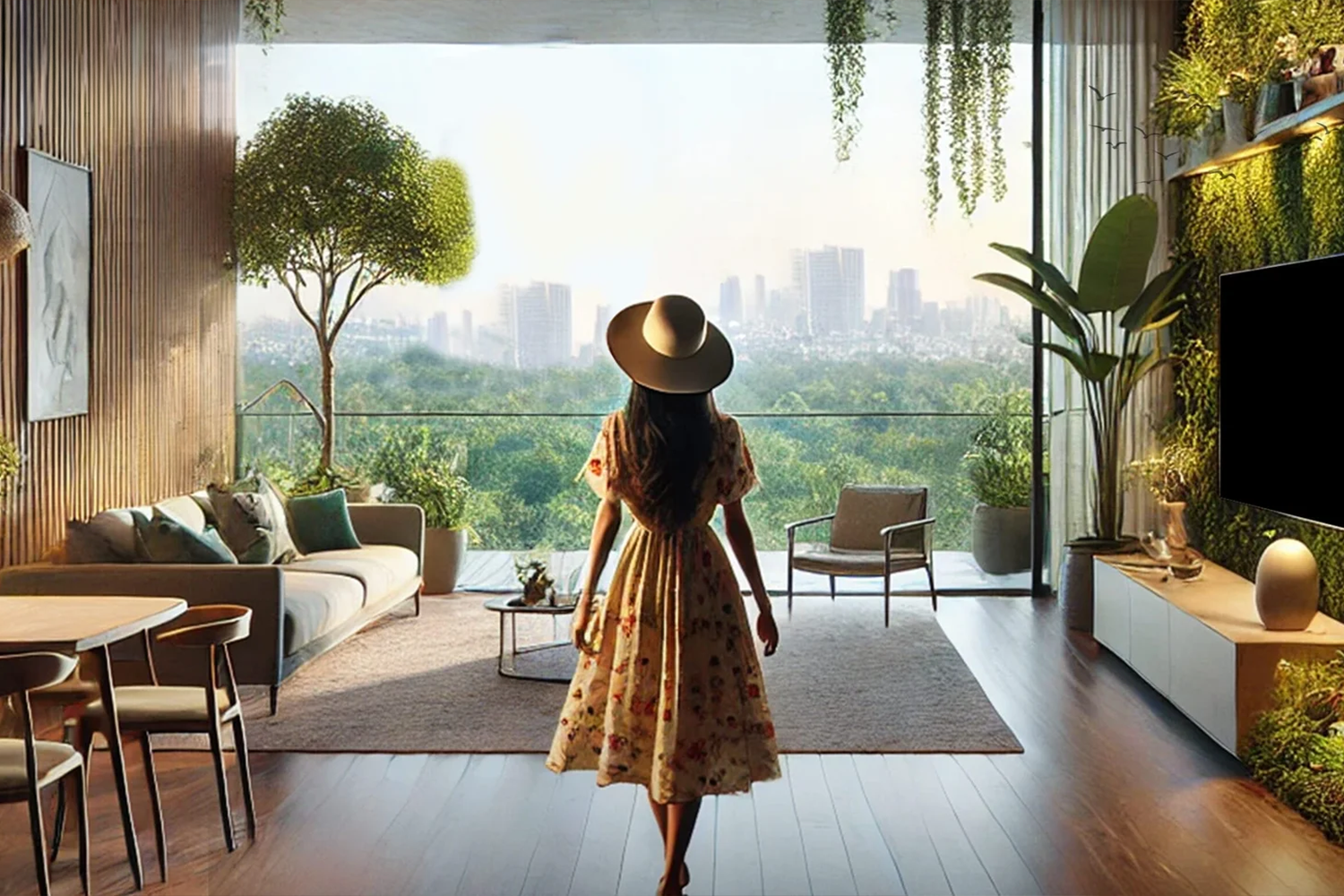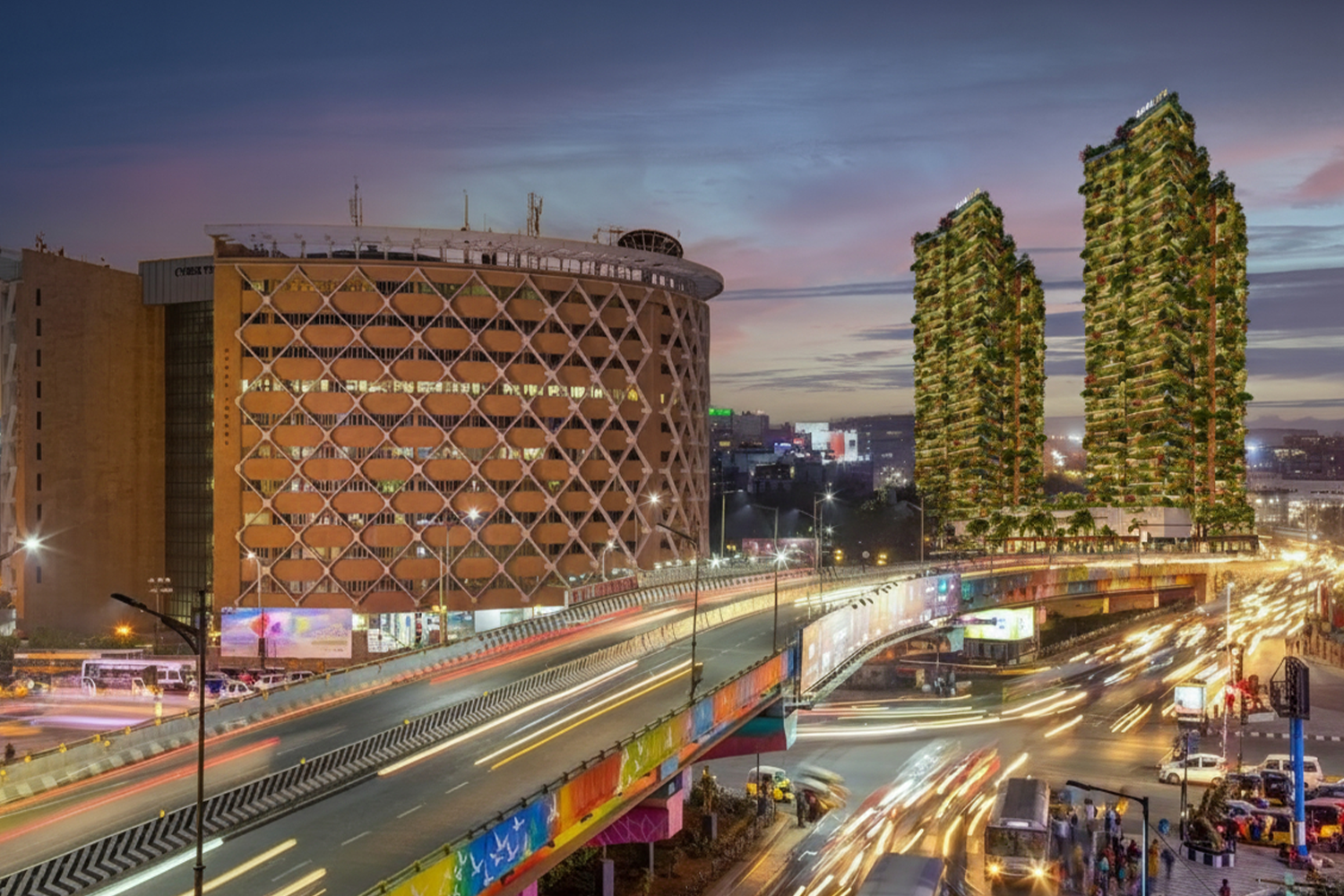The battle against pollution has become a pressing concern in the ever-expanding urban landscapes. As cities continue to grow, innovative solutions are required to counter the adverse effects of pollution on our environment and well-being. One such revolutionary concept that has gained traction in recent years is the idea of vertical forest apartments. These towering structures not only redefine the skyline but also serve as a beacon of hope in the fight against pollution. In this blog, we will explore how vertical forest apartments can play a pivotal role in mitigating pollution and fostering sustainable urban living.
Vertical forest apartments are essentially high-rise buildings covered with vegetation, including trees and shrubs, on balconies and terraces. The abundance of greenery acts as a natural air purifier, filtering out harmful pollutants and toxins. Plants have the remarkable ability to absorb carbon dioxide and release oxygen through photosynthesis. This process contributes to cleaner and fresher air, making vertical forest apartments an antidote to the air pollution prevalent in many urban areas.
Carbon Sequestration:
Beyond just purifying the air, vertical forests actively combat climate change by sequestering carbon dioxide. Trees, in particular, are excellent carbon sinks, absorbing and storing carbon from the atmosphere. By incorporating a significant number of trees into the design of vertical forest apartments, these structures contribute to reducing the overall carbon footprint of the city, making them a sustainable and environmentally friendly choice.
Pollution isn’t limited to the air we breathe; noise pollution is another significant concern in urban environments. The dense foliage of vertical forests serves as a natural sound barrier, absorbing and dampening noise from the surrounding city. Residents can enjoy a quieter and more peaceful living environment, free from the constant hum of traffic and urban activities.
Vertical forest apartments also play a role in regulating temperature. The shade provided by the lush greenery helps in reducing the heat island effect common in urban areas. This, in turn, decreases the demand for energy-intensive air conditioning, contributing to lower energy consumption and a more sustainable living environment.
Vertical forests create micro-ecosystems within the city, fostering biodiversity. The diverse plant life attracts birds, insects, and other wildlife, creating a more balanced and resilient urban ecosystem. This biodiversity not only enhances the aesthetic appeal of the vertical forest but also contributes to the overall health of the urban environment.
Conclusion:
Vertical forest apartments represent a bold and innovative approach to urban living, addressing the multifaceted challenges posed by pollution. As cities grapple with environmental issues, these structures stand as beacons of hope, showcasing the potential for sustainable, green living in the heart of urban jungles. By integrating nature into the very fabric of our living spaces, vertical forests offer a compelling solution to mitigate pollution and create healthier, more vibrant cities for the generations to come.

